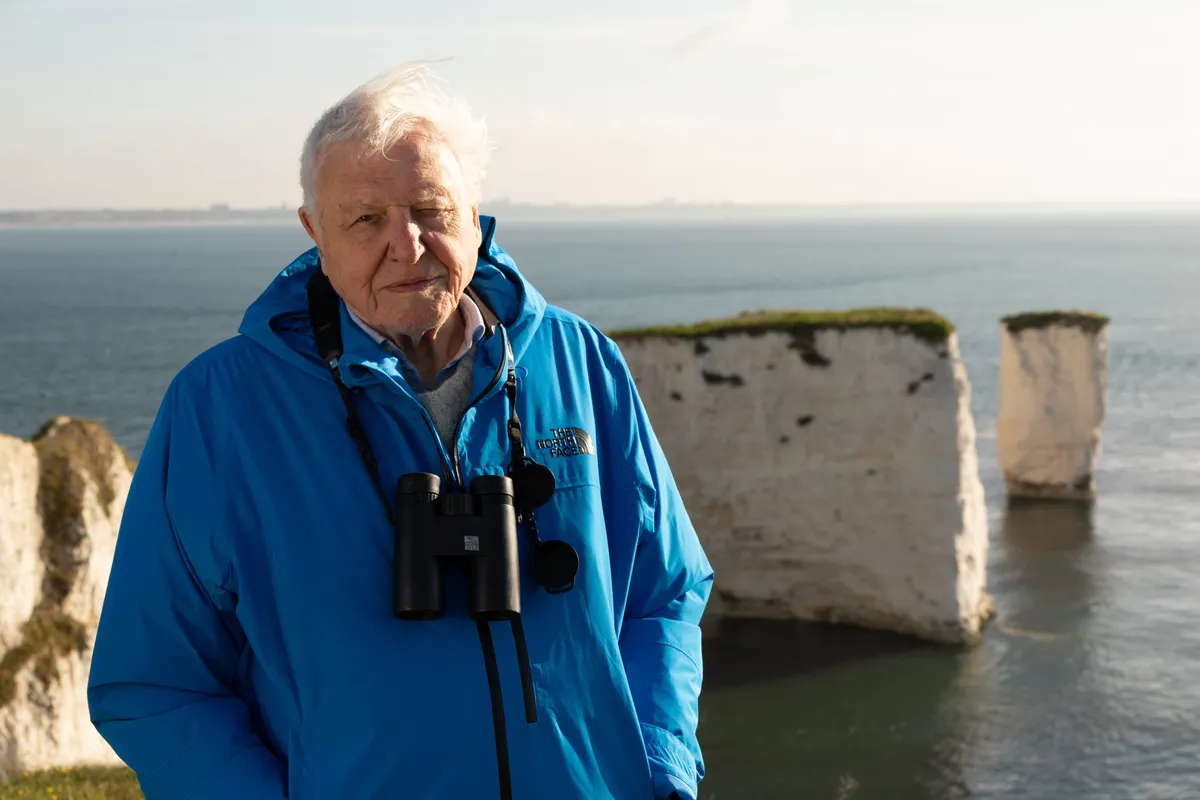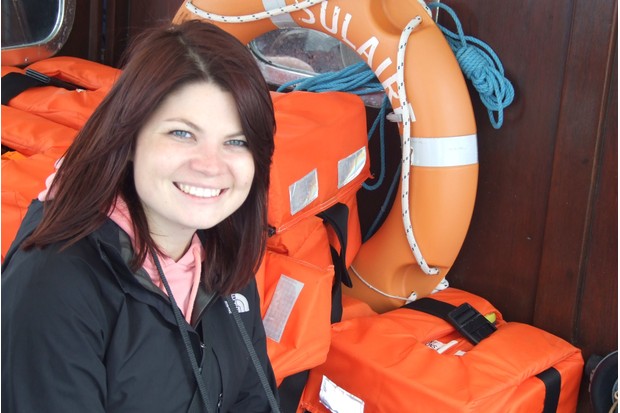Filmed over the course of three years, Wild Isles is a new five-part BBC series investigating how our woodland, grassland, freshwater and ocean habitats support wildlife of all kinds.
In episode one, Our Precious Isles, Sir David Attenborough celebrates the rich variety of wildlife that exists in the British Isles and explains why our small and uniquely positioned set of isles are so critical for the survival of species from right across the globe.
Expect to see the biggest colony of northern gannets in the world, huge flocks of barnacle geese and Sir David Attenborough filming on location at a puffin colony.
When does Wild Isles air?
Episode one, Our Precious Isles, airs on BBC One and iPlayer on Sunday 12th March at 7pm.

What are the key stories in episode one?
Lords-and-ladies pollination, Bristol
This plant heats up and releases a foul-smelling scent irresistible to flies, tricking them to enter its flower. It keeps the insect hostage, then showers it with pollen and allows it to escape. The team made tiny windows in the petals to film the structures within. Thermal cameras captured glowing images of the plants heating up. Camerawoman Katie Mayhew says, “At their hottest, surprisingly, the flowers really did smell – and you could even feel the heat by touch.”
White-tailed eagles hunting geese, Islay
This is the first time the whole hunting sequence has been filmed. Formerly extinct in the British Isles, around a dozen white-tailed eagles now winter in Islay. Capturing the whole hunt required a co-ordinated team of specialist long-lens camera people and wildlife spotters. The white-tailed eagles ranged over vast areas so the team had to keep in close communication, positioned in hides at eagle hotspots around Islay. It took several trips and more than 70 days filming.
Killer whales catching seals, Shetland Isles
In another filming first a pod of killer whales communicates with one another before going silent as it approaches a group of harbour seals, so as not to scare them off. Then the killer whales work together to isolate one seal from the group. Using drones and specialist camera equipment on board their boat, the Wild Isles team filmed this footage over three years. They were in contact with about 250 local people who helped them to race the orca along the coast.

Meet the Wild Isles series producer
Wild Isles series producer Alastair Fothergill explains why Britain and Ireland are globally important for nature and reveals some of the epic sequences in the series.
Why did you decide to focus on the British Isles for this series?
Ever since I worked on the original Blue Planet, Planet Earth and Frozen Planet series, I have always wanted to cover the British Isles and our natural history with a similarly ambitious and epic approach. I knew that nobody had ever had the opportunity before to really do justice to the spectacular scenery and rich and varied wildlife found at home. I also have a personal passion for our natural history.
In my long life, I’ve been lucky enough to travel to almost every part the globe and gaze upon some of its most beautiful and dramatic sights. But I can assure you that nature in these islands, if you know where to look, can be just as dramatic and spectacular as anything I’ve seen elsewhere. The British Isles are globally important for nature. In this series we’ll show you why that is so and celebrate the wonders of these islands that we call home.
Sir David Attenborough
Why are Britain and Ireland globally important for nature?
There are a number of reasons. Firstly, we have among the most varied geology on the planet. Our temperatures range from subtropical in the far south to arctic conditions on the top of the Cairngorms in Scotland. Our coastline is over 22,000 miles long and we benefit from the warming effect of the Gulf Stream. Our position on the globe is perfect for summer visitors from the south and winter visitors from the north. All these factors combine to create one of the richest natural histories in Europe. We have more ancient oak trees than the whole of Europe put together, most of the world’s chalk streams flow in southern England and we are globally important for the seabirds.

How was it travelling around the British Isles for Wild Isles?
I was very fortunate to travel round the country directing the pieces to camera with Sir David Attenborough. We filmed it in a variety of different locations, but the highlights for me were two visits to the island of Skomer, off west Wales. I first worked with David back in 1987 and it felt a great privilege to be in the field with him again.
Wild Isles films lots of different species, are there any that really stuck in your mind?
There are so many amazing sequences in this series, it's very hard to choose. I have particularly enjoyed some of the epic sequences like white-tailed eagles hunting barnacle geese on the island of Islay (this is the first time the whole hunting sequence has been filmed), red deer stags battling in southern Ireland or peregrine falcons hunting knot on the Wash. The series is also full of more intimate, close-up stories like leeches hunting baby toads, an amazing bee that rides on a broomstick and the extraordinary life cycle of the large blue butterfly.
There are various technologies being used to film Wild Isles, can you tell us about some of these?
Drones have played a critical role capturing the spectacular landscape of the British Isles. Thermal cameras have revealed foxes hunting rabbits at night and captured the extraordinary spectacle of thousands of starlings coming in to roost. Stabilised cameras have allowed us to film orca hunting seals at sea and wild horses battling for their females. Underwater, specially developed technology has brought the sea bed to life with time lapse and captured in intimate detail the lives of plankton.
Main image: In spring, killer whales visit the Shetland Islands to hunt for seals. © BBC/Silverback Films/SCOTLAND: The Big Picture/naturepl.com
